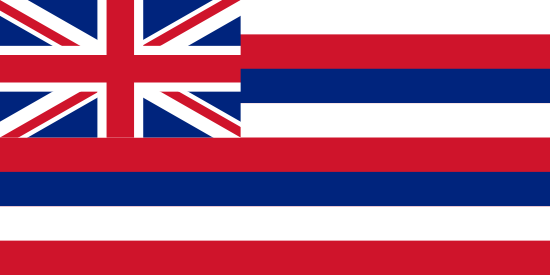
Hawaii
- Statehood Year:
- 1959
- Capital:
- Honolulu
- Largest Cities:
- Urban Honolulu
- Abbreviation:
- HI
Hawaii is a state in the Pacific region of the United States, known for volcanic islands, tropical beaches, and unique Polynesian culture. It has a population of 1,450,900, making it the 40th most populated state in the country. The capital city is Honolulu. Hawaii has a tourism-based economy with military and agricultural sectors.